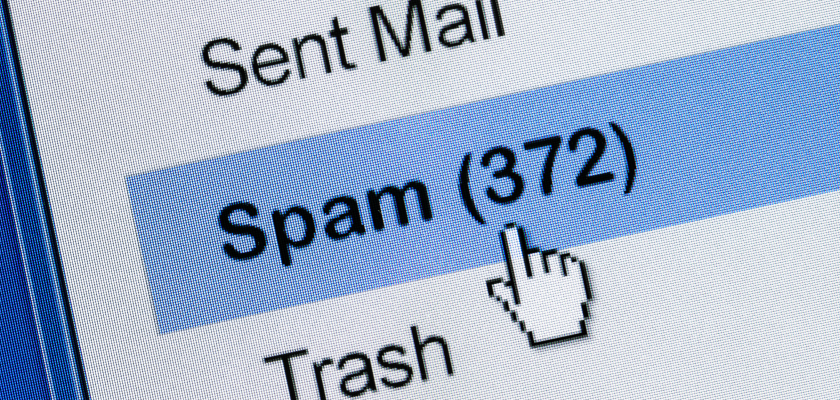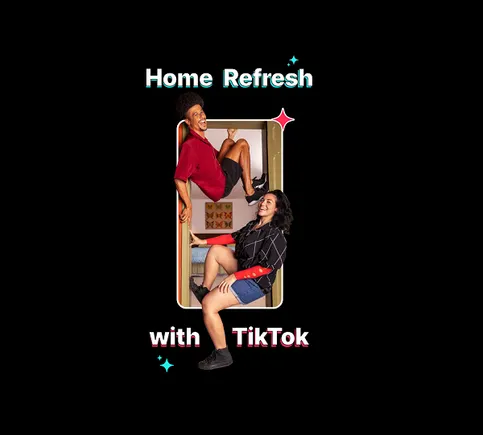The Guide to Effective Marketing Automation for Email Marketers
Discover how to use email automation in a clever way. To increase interaction and conversions; use transactional, trigger, and journey emails. We email marketers are constantly looking for ways to make our jobs easier. We have always been understaffed...

Discover how to use email automation in a clever way. To increase interaction and conversions; use transactional, trigger, and journey emails.
We email marketers are constantly looking for ways to make our jobs easier. We have always been understaffed and underfunded, so we have had to learn how to get by on less, even though we don’t want to sacrifice quality. Is that even possible?
With marketing automation, you may set up recurring emails that highlight consistent behavior, allowing us to send out an email to customers upon reaching a trigger, intended point, or objective. It needs to be a significant component of any email marketing campaign.
Email marketing is a powerful tool, and when used effectively with automation, it can deliver targeted messages at the right time. This fosters stronger customer relationships and can ultimately boost sales. However, it’s imperative for email marketers to constantly assess if their use of marketing automation is appropriate.
In order to make it easy for you to verify whether your program is adhering to best practices, we have put together this guide.
It isn’t an exhaustive manual on marketing automation. Instead, use it as a reference guide for marketing automation, including what it implies for your business and the considerations you should make to improve its performance and achieve your desired outcomes.
3 Types of Marketing Automation: Triggers, Transactions, and Journeys
It’s true that email marketers are masters at employing terminology that have either become meaningless or have multiple connotations for different people depending on the context. My definitions of these three types of automated emails are provided below.
1. Transactional email
These, like an order confirmation or a payment receipt, identify a transaction or an exchange of value. They could be contractual or monetary. They represent not only the exchange of promises, such as paying for a service or receiving payment but also the promise’s fulfillment.
Take into consideration the order confirmation and the delivery confirmation, two common transactional emails in retail e-commerce. While the shipment confirmation verifies that your product is en route, the order confirmation functions similarly to an electronic receipt.
To be sure you have covered all the bases, have this template close at hand when you define what constitutes a transactional email for classification and legality purposes.
For instance, unlike promotional emails, transactional emails are exempt from the U.S. commercial email rules and regulations (CAN-SPAM) and are not required to include an opt-out link. Since it is a crucial component of the transaction process, it is exempt from the rules governing email.
When creating your transactional emails, have the following tactical considerations in mind:
Consider email design. Remember to upsell or cross-sell. Transactional emails should be sent out quickly.2. Triggers
One or two emails that start sending out automatically in response to a customer’s behavior are what I refer to as triggers. Triggers are the brief engagement emails I send out in response to a signal received from a consumer. They don’t have to be orchestrated in a large way or be a series. All I have to do is send one or two emails.
I define it differently from the email convention. Email triggers were formerly thought to be any kind of non-financial marketing automation. However, we must reconsider given the widespread use of more data and knowledge, better technology, and increased intelligence.
Here are five typical instances of triggers as I interpret them:
Browse and cart abandonment emails Welcome/onboarding email series Post-purchase upsell or cross-sell messages Review requests Satisfaction surveysConsider the following tactical elements while creating your trigger emails:
They have to be evergreen. Think about the recipients of your emails. Expert timing is required for messages.3. Journey E-mails
An email journey consists of three or more emails that guide the recipient through a series of steps intended to convert them into a micro or macro customer.
The series’ trip emails aren’t just a collection of unconnected emails; each one serves a specific purpose. They start a dialogue through several emails. Each one adds to the other with distinct material, yet they’re all still aimed at guiding the client toward the desired outcome.
Every journey contains branching and varying levels of intricacy depending on the clicks, purchases, and other activities taken or not taken. They differ from triggered or transactional emails, which may have a single, linear message. In general, journeys are more dynamic and complex.
Test: Since Marketing Automation Isn’t a “Set It and Forget” Process
“Set ’em and forget ’em” is what people said about the advantages of automatic emails if I could take it back.
An automated email cannot be set up and then forgotten. After setting them up, you test them to determine how effectively they function. On the basis of your testing, you optimize them. You then test and refine once more. After that, you continuously monitor your automation to make sure they’re producing the outcomes you require.

An email spam test ensures deliverability and avoids spam email filters which is crucial for the success of email campaigns. According to a study by Return Path, 21% of permission-based emails fail to reach the inbox.
Marketing Automation: Your Email Success Guide
Automation in marketing is the ultimate money maker. You won’t find anything like pulling reports and seeing how much money you’ve produced since the previous day once your programs are up and running. Seeing the fruits of your labor six months ago pay off now is the most satisfying aspect of the job.
Your revenue will increase as you set up more automated programs. However, you can’t just send a ton of automated emails in bulk. Strategic needs are strategically prepared for in the greatest marketing automation. After that, they are given time to be created, tested, optimized, routinely audited, and enhanced.
Here, incremental innovation is beneficial. To improve something, start small and work your way up.

 Tfoso
Tfoso 








_1.jpg)
![5 SEO Trends to Leverage in 2022 [HubSpot Blog Data]](https://blog.hubspot.com/hubfs/seo-trends-2022-fi%20%282%29.jpg#keepProtocol)





















